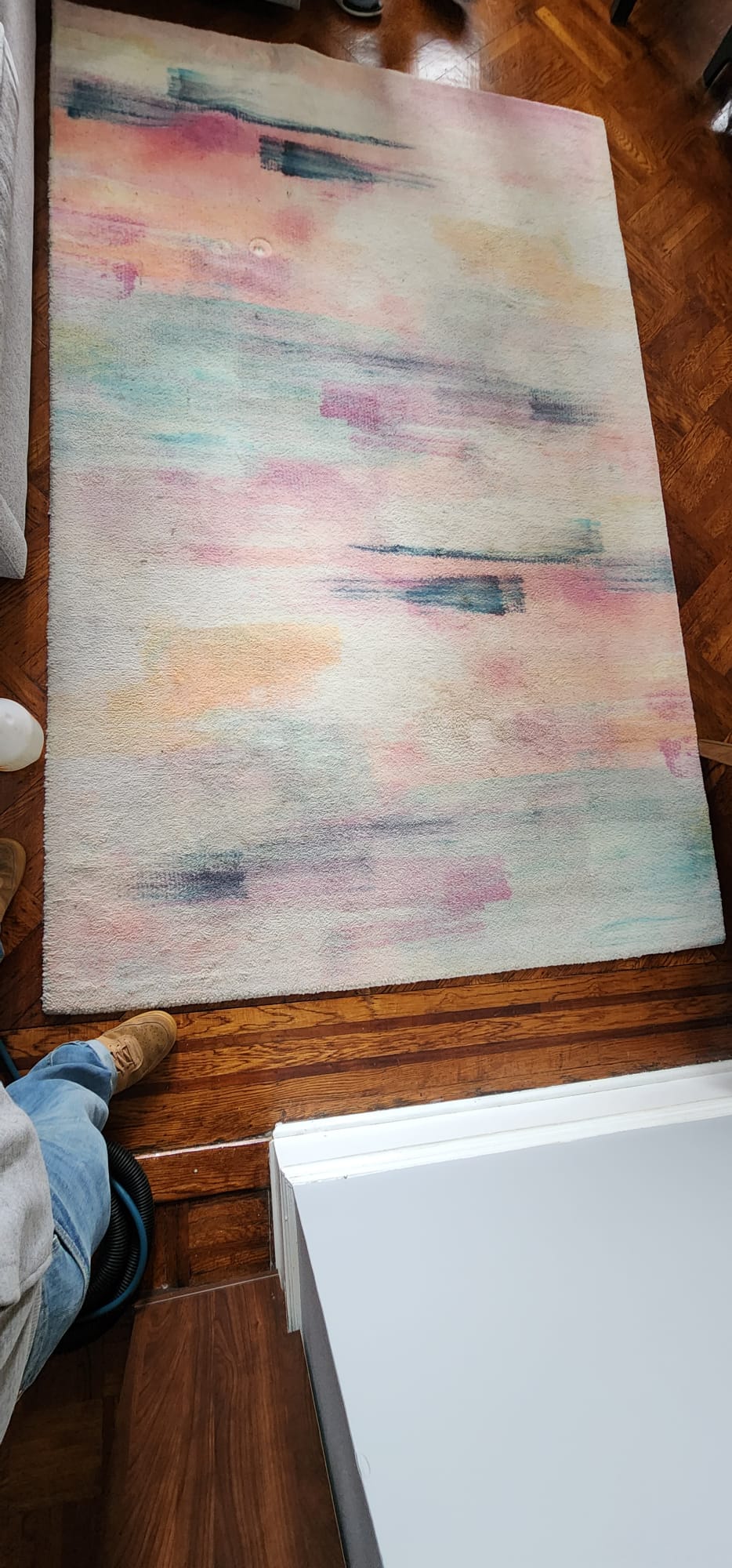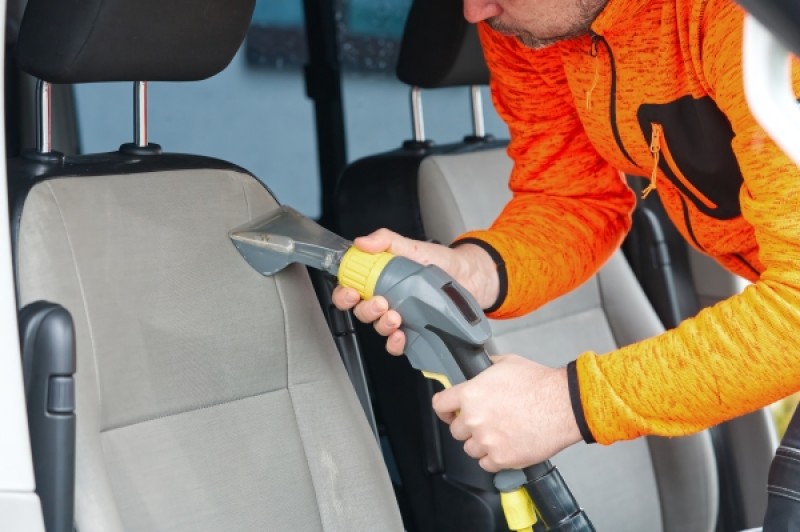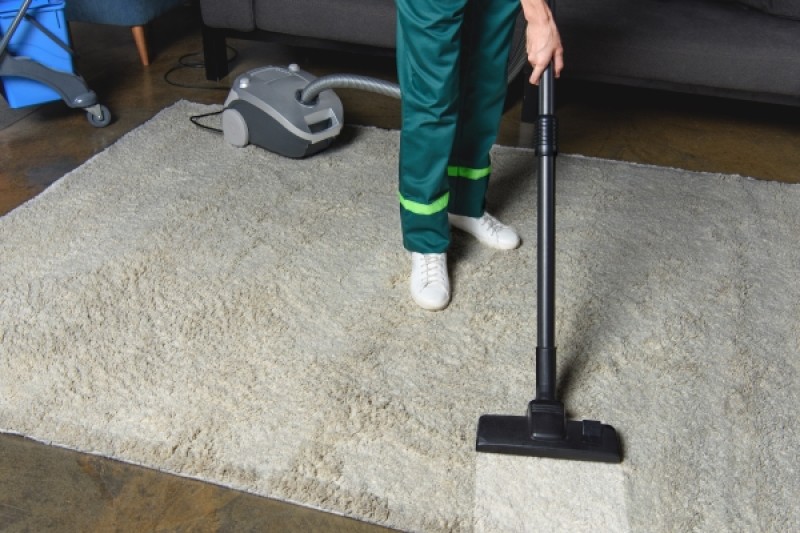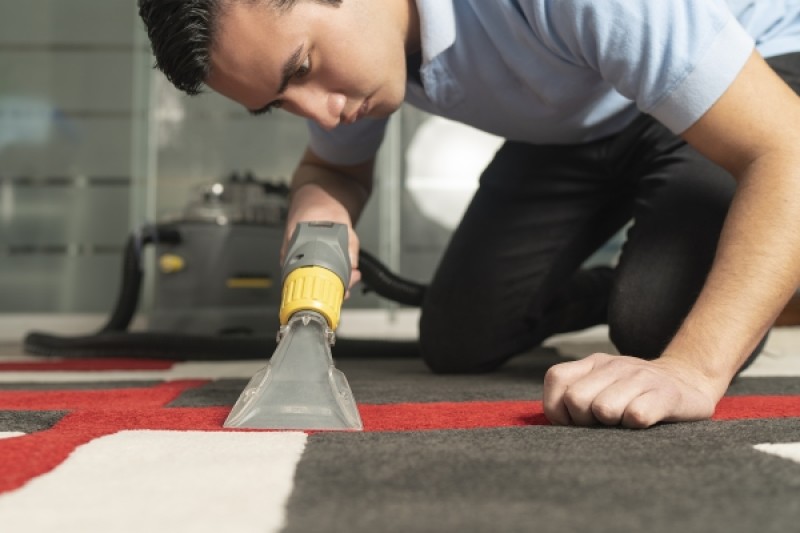Have you noticed wrinkles in your carpeting? What can be done about this and what does the Carpet Blocking & Stretching NYC process involve?
Before finding out how it’s done, let’s see what causes these problems in the first place.
What Causes Carpet Wrinkles?
This common issue seen in carpets has a surprising large number of potential causes. It seems like at some point everyone will be dealing with carpet wrinkles because it is very difficult to avoid so many factors that could cause this problem:
Incorrect installation of carpet
Your carpet can wrinkle as a result of poor installation, especially when you are using wall-to-wall carpet. Carpets of this size need to be stretched tightly and secured in place with strips along the edges. If the carpet is not stretched tightly enough, it may loosen and develop wrinkles. Best is to use a power stretcher during installation to reduce the risk of buckling.
Differences in temperature
When a carpet is transferred from an unheated warehouse to a heated home, it should be allowed to acclimate before installation to reduce the possibility of wrinkling.
Incompatible under pad laid underneath your carpet
Carpets can develop wrinkles if the wrong type of pad is installed. Padding should not be thicker than 7/16” and the density should be approximately 8-pound. This way, you will get the optimum level of support for the carpet and you will reduce the chances of developing wrinkles.
Dragging heavy items on your carpet
A reputable furniture mover or appliance dealer will never push or drag a heavy object across your carpet. Rolling the heavy object in a wheeled hand-truck across a carpet is also a bad idea. The only correct way to do it is to lift the appliance or furniture manually and set it into place.
Heavy foot traffic
Constant running and jumping on carpets can damage them; intense usage of carpets can result in carpet abuse which is not covered by warranty. Carpeting placed on stairs also loses its warranty. Even if you think you are using your carpet normally, read the warranty card for usage and care instructions.
Moisture
Moisture is one of the biggest enemies of carpeting. In humid climates, the moisture in the air penetrates the carpet and causes it to swell. Spilling liquids on the carpet can have the same effect. In less severe cases, the carpet may lay flat again without your intervention when the moisture levels in the air and in the carpet return to normal levels. If you live in a very humid climate, consider running a dehumidifier where your carpet is installed to draw moisture out of the air and out of the carpet. If your home has been flooded, use 24/7 Emergency Water Removal Services.
Delamination
Delamination usually occurs in lower-grade carpets and happens when there is a problem with the carpet backing. If the backside of the carpet does not have enough glue to keep it stable, the carpet delaminates and is no longer stretched tightly.
Why Should You Eliminate Carpet Wrinkles?
There are several reasons why carpet wrinkles represent a problem and should be eliminated through Carpet Blocking & Stretching NYC:
Aesthetical reasons
A carpet that has developed wrinkles does simply not look good. It will have a negligent and unkempt aspect that will ruin the overall aesthetics of your interior.
Safety reasons
Wrinkles represent a tripping hazard, for adults and especially for children and pets. Walking across a carpet wrinkle can cause you a rug burn, which is a form of abrasion caused by the friction of skin rubbing against a carpet surface.
Preventing further damage
If wrinkles are walked on for a long time, the carpet will most likely tear in those areas and you will eventually need to replace it.
What is The Carpet Blocking and Stretching Process?
Ideally your carpet should be stretched properly when first installed, but when this is not possible, you can re-stretch it later. Here is how a carpet is re-stretched:
Peel back the old carpet
Use pliers to lift a corner of the carpeting that is free of the tack strip and peel back the carpet. Pull the carpet off the tack strips.
Remove staples
Get the staples out of the carpet pad with a screwdriver or needle-nose pliers to prevent the pad from ripping.
Remove the old tack strips
Remove old tack strips and replace them with new ones. Tack strips have setting nails that secure them to the floor, so wear gloves when removing old strips to prevent injuries to your fingers. Cut new tack strips and nail down the new tack strips.
Reset the carpet
Now it’s time to reset the carpet and stretch it. Use a utility knife to cut the padding to fit tightly against the tack strip. Cut the carpet oversize.
One final stretch
Stretch and embed the carpet using a power stretcher. Push down on the lever of the power carpet stretcher and embed the carpet backing on the tack strips.
It is recommended to stretch in 18-inch increments, moving first toward any side wall that has a door. Eventually, finish stretching against the built-in and the wall at the other end.
Trim with a carpet cutter
Use a utility knife or a carpet cutter to finish the cuts in corners and to trim around tight areas. Work slowly to ensure an accurate cut.
Carpet stretching is not the easiest process as it requires skill and experience. Doing it yourself can cause poor installation and can cost you more money in the long term. That’s why it’s best to leave it to the professionals. Most experts recommend stretching carpets every few years to keep them in good condition. PristineGreen Upholstery and Carpet Cleaning can help you with a variety of carpet cleaning services and can also assist with Carpet Blocking & Stretching NYC, making us a one-stop shop for all your carpet maintenance needs.




